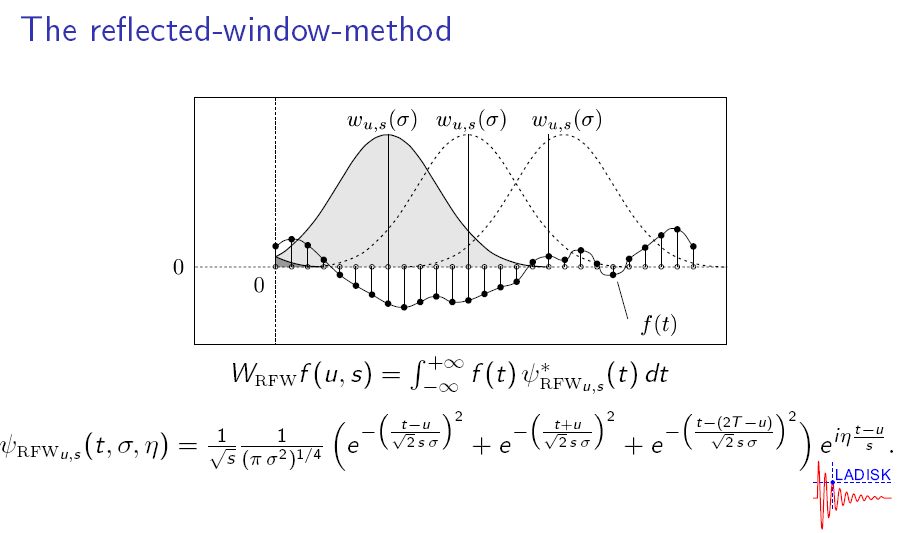Enhancements to the continuous wavelet transform for damping identifications on short signals
M. Boltežar and J. Slavič
Mechanical Systems and Signal Processing, Sep 2004, Volume 18, Issue 5, p. 1065-1076
 download pdf
http://dx.doi.org/10.1016/j.ymssp.2004.01.004
download pdf
http://dx.doi.org/10.1016/j.ymssp.2004.01.004
More research on: advanced signal processing,
M. Boltežar and J. Slavič
Mechanical Systems and Signal Processing, Sep 2004, Volume 18, Issue 5, p. 1065-1076
More research on: advanced signal processing,




